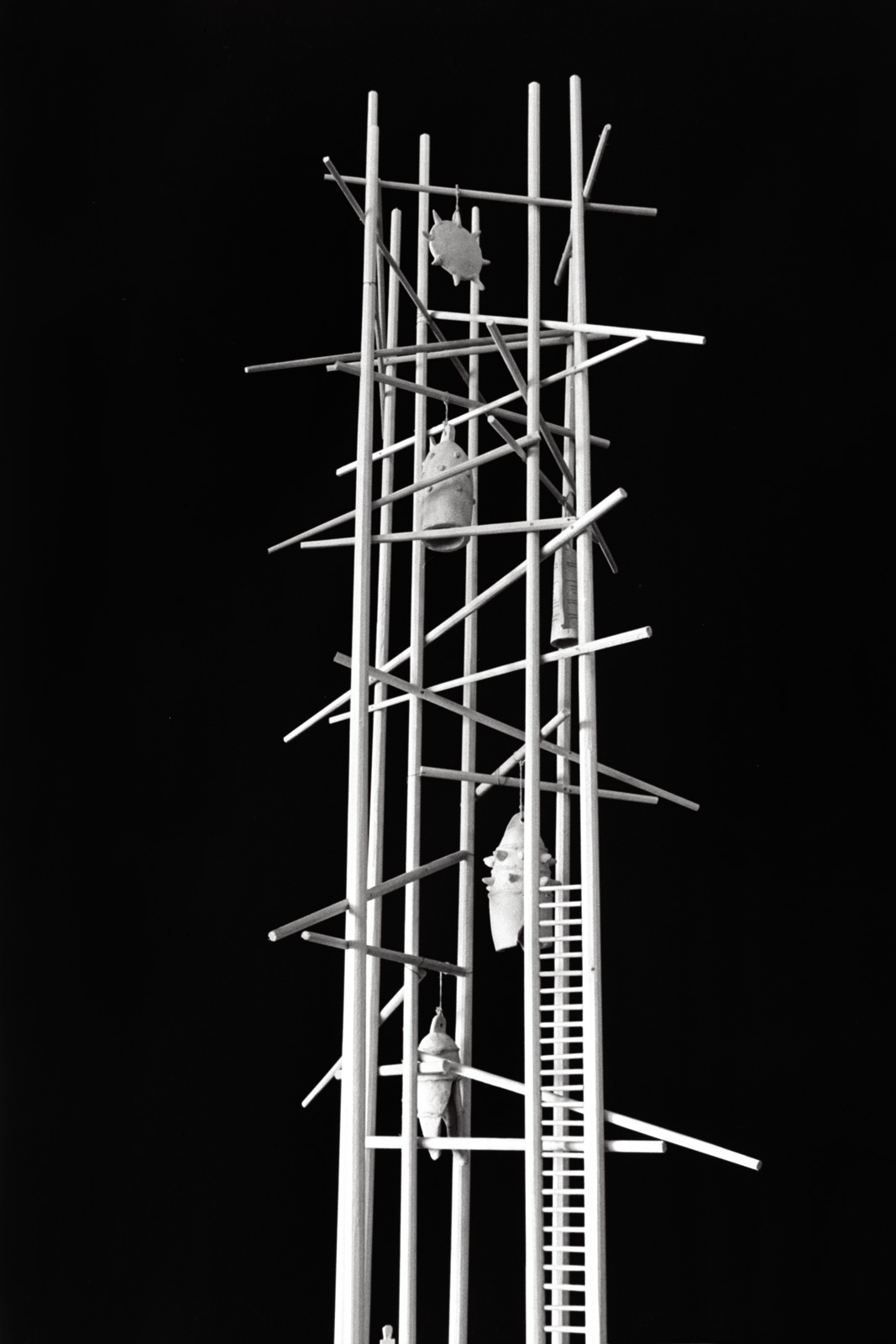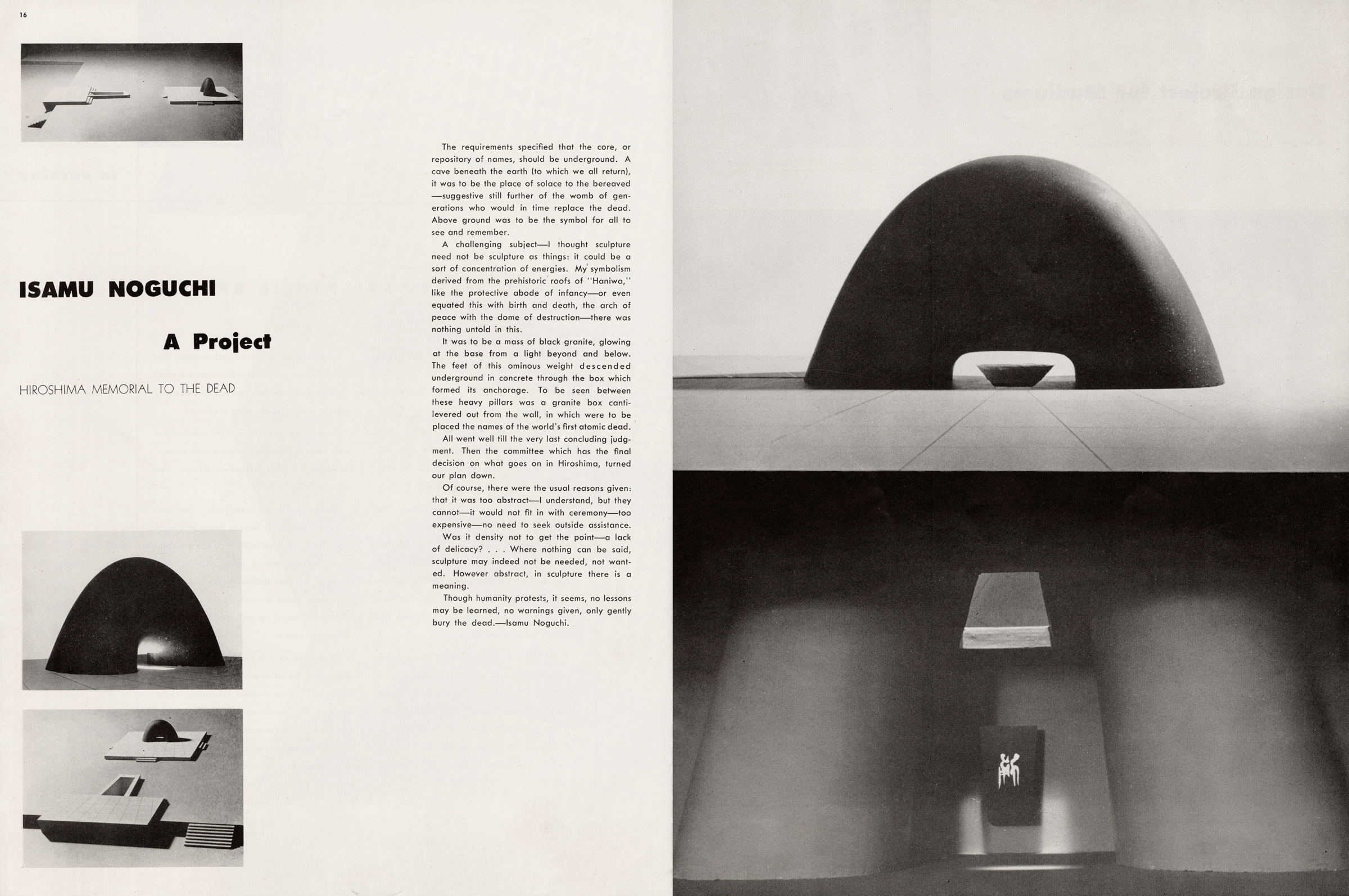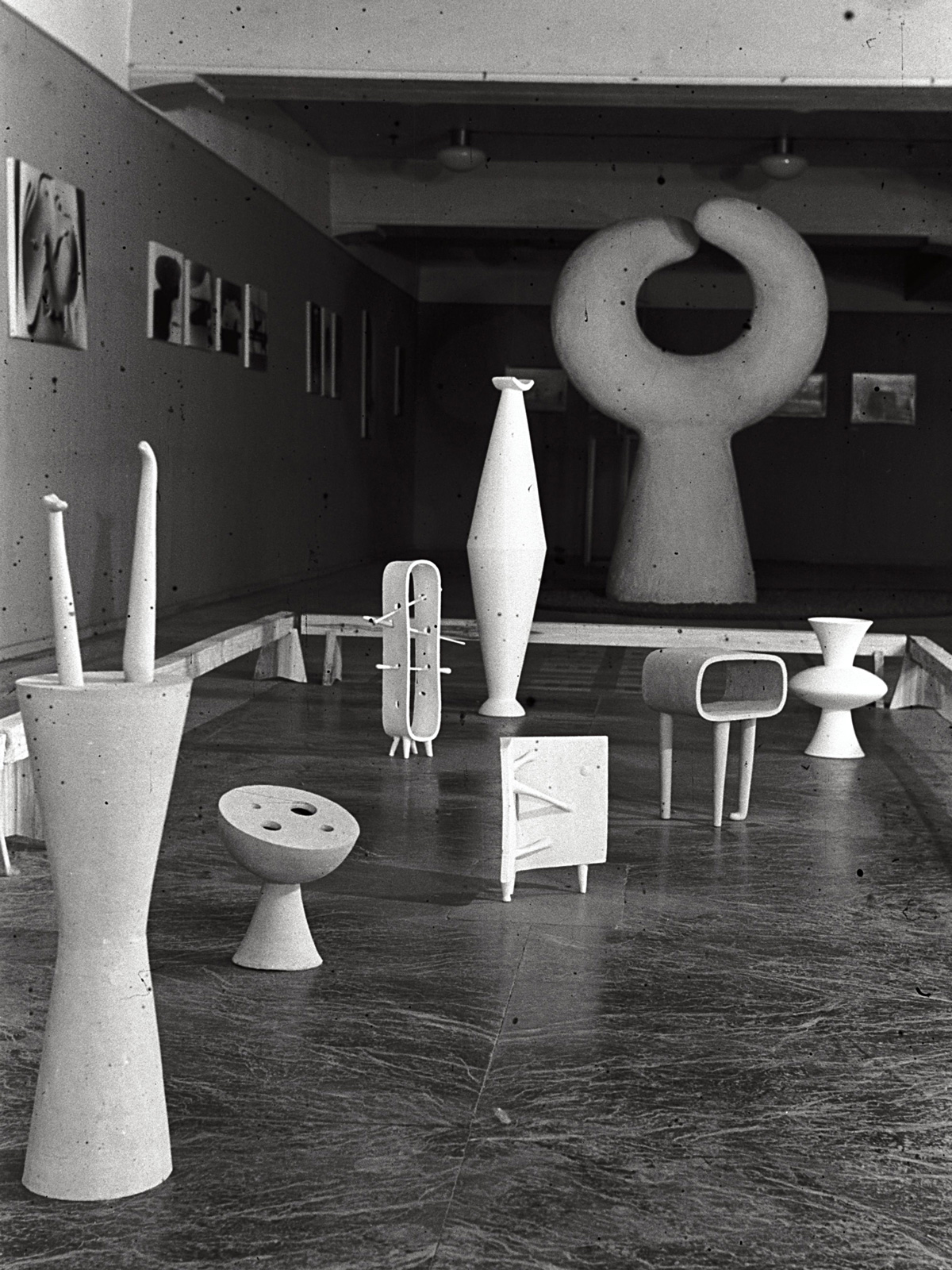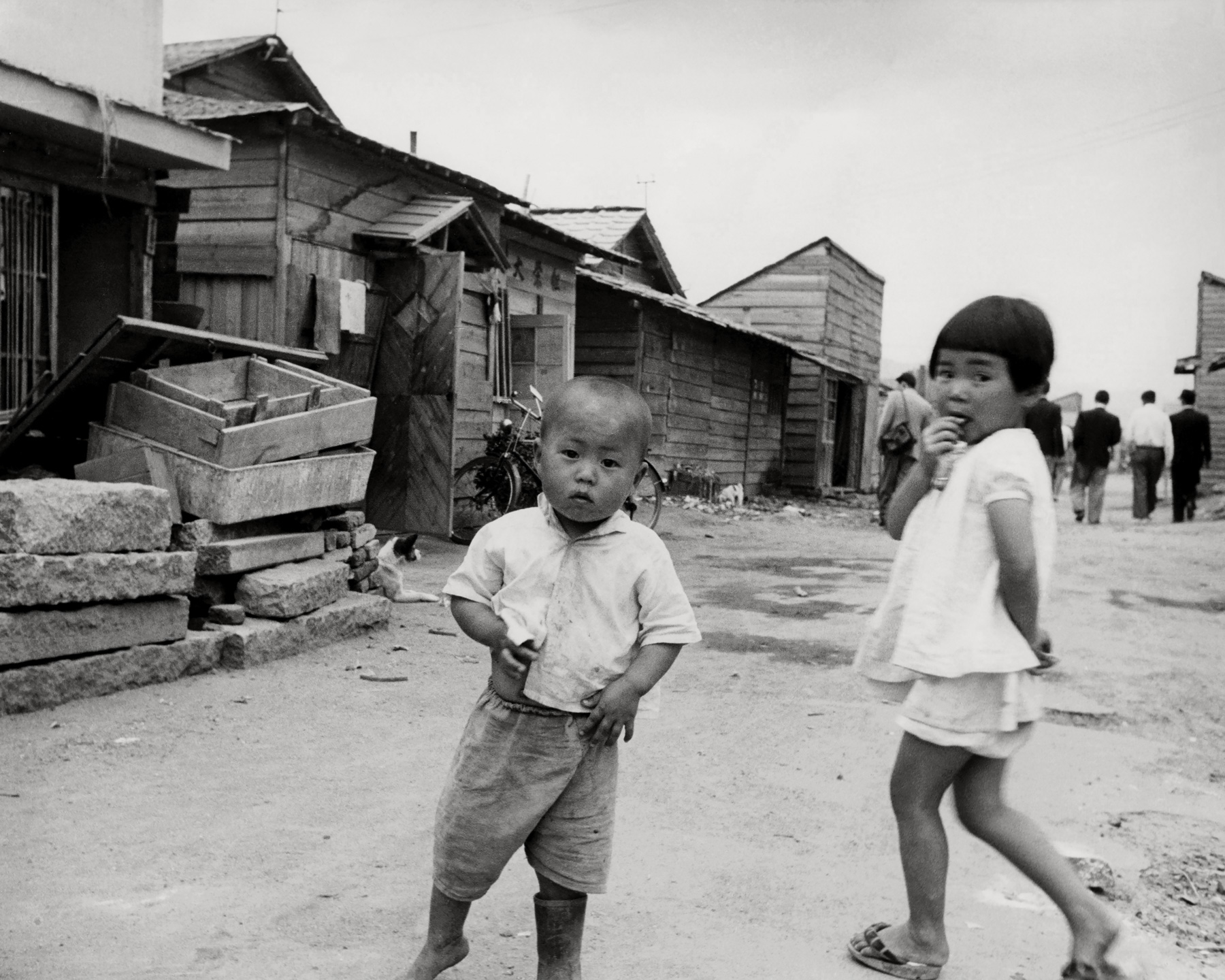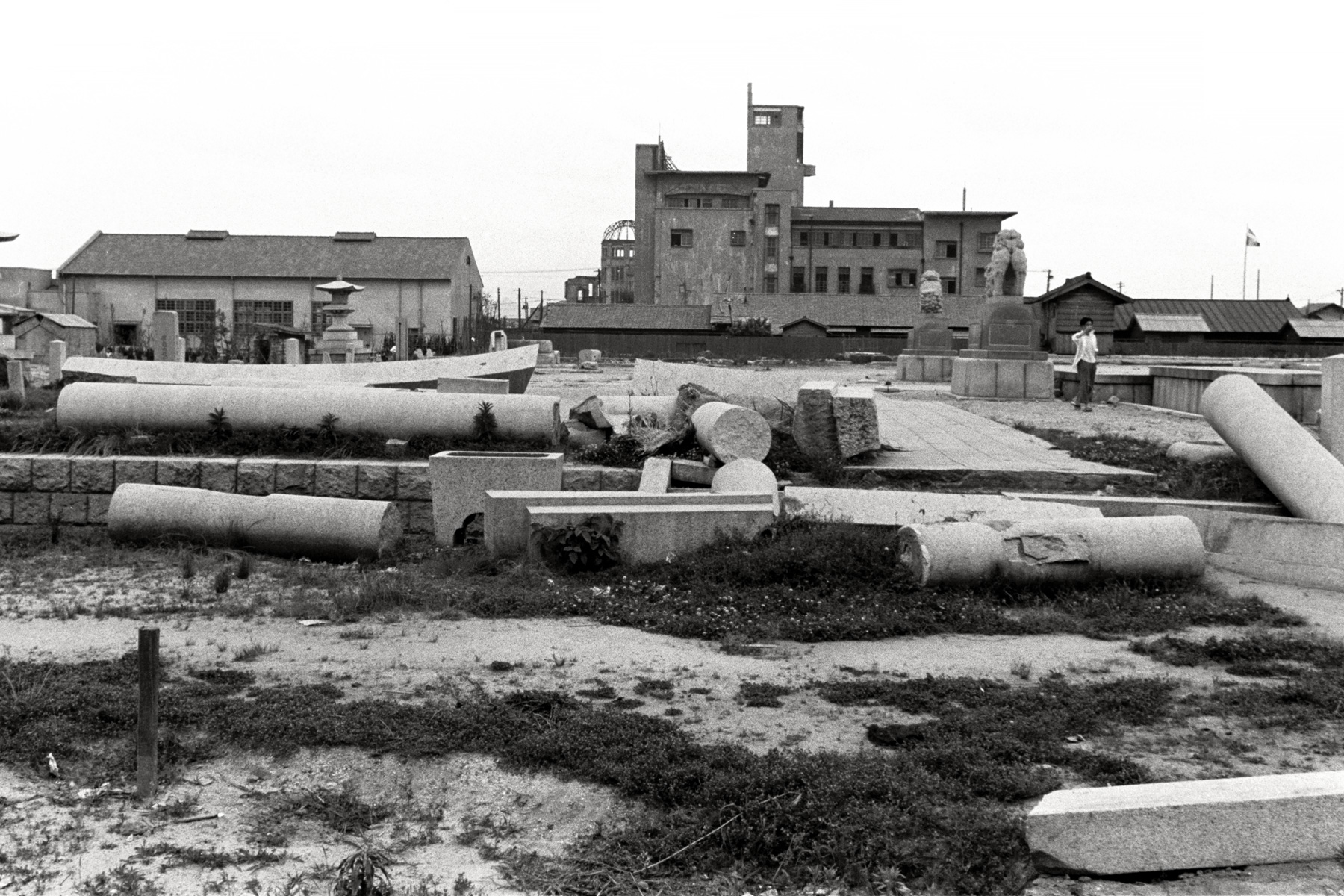Noguchi’s Memorials to the Atomic Dead is occasioned by the return of Isamu Noguchi’s unrealized model for a cenotaph memorial, originally proposed in 1952 for Hiroshima Peace Park and re-envisioned in the 1980s, to its original installation in Area 6 of the Museum. Companion displays in Area 5 and Area 3 survey Noguchi’s proposals and sculptures exploring the consequences of the use of atomic weapons against humanity in Hiroshima and beyond.
In 1982, hoping to have his Memorial to the Atomic Dead erected in Washington, DC, “as a significant protest against the Bomb,” Noguchi told a supporter, “All in all the times seem right for a good look at our position here in this world.”
